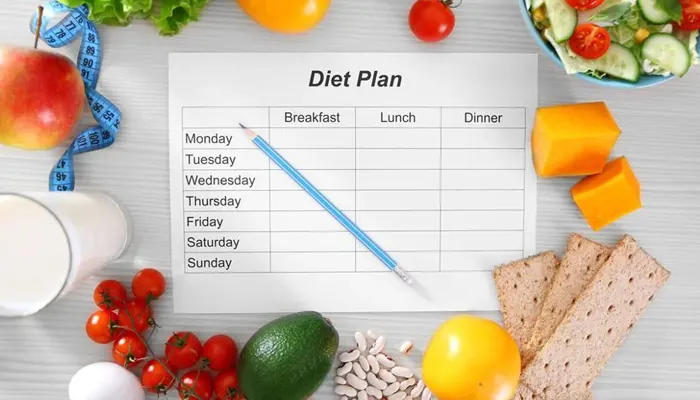Weight Loss Tips For Women Over 40

Acknowledge the changes; adjustments have to be made to incorporate more endurance than enthusiasm and be vigilant about some factors.
Crossing over the threshold of 40-years, the first thing that most women tell themselves is, “Gosh! I am 30 no more”. But what they fail to tell themselves is, “Well, I am not 50 either”. Just like ageing is inevitable, the changes that come with that progression is equally inescapable. And while these changes may make maintaining one's lipid profile a tad difficult, it is certainly not impossible.
Reality Check
It also has to be looked into through the prism of reality. Unlike, as was possible during one's twenties, one cannot simply walk/run out the extra calorie intake or spend more time in the gym to shed acquired unwanted kilos, and most certainly not expect weight reversals in easy time. The adjustment has to be made to incorporate more endurance than enthusiasm. Additionally, one has to acknowledge the changes and be vigilant about some of the following,
Thyroid Check
Despite your tenacity and given your historical tendency, if you find it increasingly difficult to reduce your flab, it might be a good idea to get a thyroid screening done. Biologically women are more prone to thyroid issues post-40. If detected early, the symptoms of weight gain, along with fatigue and depression, can be regulated with medication and dietary modification.
Fibre Fillip
Giving your diet a fibre fillip is actually an easy way to take care of weight issues. Studies have conclusively proven that a high fibre diet over an 8-week period that been instrumental in reducing about 2 Kgs of fat. Continuing with it throughout the year can help one maintain the weight loss. Besides, a high fibre diet also combats bloating and sluggish digestion which comes with ageing.
Calcium Load
Along with fibre, one should be especially careful to consume foods loaded with calcium, to maximize the fat torching potential. A study has revealed that additional calcium — through 3 daily servings of yoghurt — had resulted in obese woman participants losing 5 Kgs over the year.
More calcium, of course, means stronger bones which helps reduce the risk of fall or fracture.
Intermittent Fasting
As important as it's to have the proper foods, it's equally important to know when not to have any. Once you reach this milestone, incorporating the concept of intermittent fasting would not be a bad idea. On an average 16 hours of fasting and the other 8 hours of eating high-fat food, worked fantastically for mice. Notably, mice who spent the day on an 8-hour calorie intake and equal hours of eating fatty foods greatly increase the risk of obesity.












